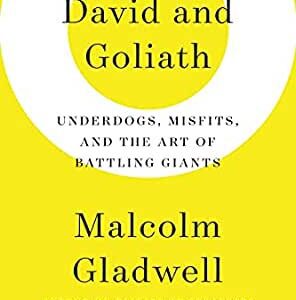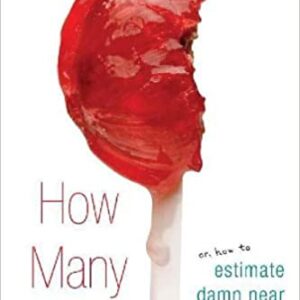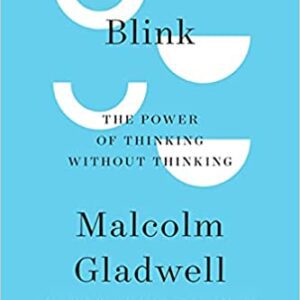Description
This book explores fascinating topics in behavioral economics, psychology, and how we make decisions. Here are some of the key concepts discussed:
- Anchoring: This is the idea that people often rely too much on the first piece of information they encounter when making decisions. Introduced by psychologists Tversky and Kahneman, anchoring appears in various contexts, such as pricing and negotiations. For instance, the initial price of a product can set a mental benchmark that influences how we perceive its value.
- Framing Effects: Closely related to anchoring, framing effects highlight how the presentation of information can shape our decisions. For example, a product labeled as “90% fat-free” sounds more appealing than one labeled “10% fat,” even though they mean the same thing. This subtle shift in wording can significantly affect consumer choices.
- Loss Aversion: This concept explains why people often prefer to avoid losses rather than pursue equivalent gains. Tversky and Kahneman discovered that individuals might be more willing to spend $100 to avoid losing $50 than to gain that same $50. This tendency shows how the fear of losing something can outweigh the desire to gain.
- Endowment Effect: Linked to loss aversion, the endowment effect suggests that we tend to overvalue items simply because we own them. For example, a person may hesitate to sell their car, even for a better deal, because they have an emotional attachment to it.
- Cognitive Illusions: These are systematic thinking errors that lead to irrational decisions. People often overestimate rare events while underestimating common ones, which can skew our judgment and decision-making processes.
- Social Influence: This concept refers to how our decisions are shaped by the opinions and behaviors of those around us. In consumer behavior, for example, people may choose products based on trends or recommendations from peers.
- Cultural Differences: The book also examines how cultural backgrounds affect decision-making, especially regarding risk preferences, savings, and investments. Different cultures approach economic decisions in unique ways.
The book provides real-world examples to illustrate these concepts, including notable cases like the “hot coffee” lawsuit against McDonald’s, the “Tobacco Master Settlement Agreement,” and the “Enron scandal.”
Understanding these psychological biases and heuristics is crucial for making informed decisions. By recognizing how our minds work, we can develop strategies to counteract our biases and improve our decision-making skills. Overall, the book offers a comprehensive overview of behavioral economics and psychology, emphasizing the importance of awareness in our decision-making processes.
Prada stores carry a few obscenely expensive items in order to boost sales for everything else (which look like bargains in comparison). People used to download music for free, then Steve Jobs convinced them to pay. How? By charging 99 cents. That price has a hypnotic effect: the profit margin of the 99 Cents Only store is twice that of Wal-Mart. Why do text messages cost money, while e-mails are free? Why do jars of peanut butter keep getting smaller in order to keep the price the “same”? The answer is simple: prices are a collective hallucination.
In
- Publisher : Hill and Wang; First edition (January 4, 2011)
- Language : English
- Paperback : 352 pages
- ISBN-10 : 0809078813
- ISBN-13 : 978-0809078813
- Item Weight : 11 ounces
- Dimensions : 5.5 x 1.15 x 8.2 inches





Reviews
There are no reviews yet.